Daniel Steegmann Mangrané saturates Kiasma in scent, light and uncanny geometry
Daniel Steegmann Mangrané’s survey exhibition ‘A Leaf Shapes the Eye’ turns the Museum of Contemporary Art Kiasma, Finland into an immersive multisensory environment, and confronts pertinent issues about our place on earth
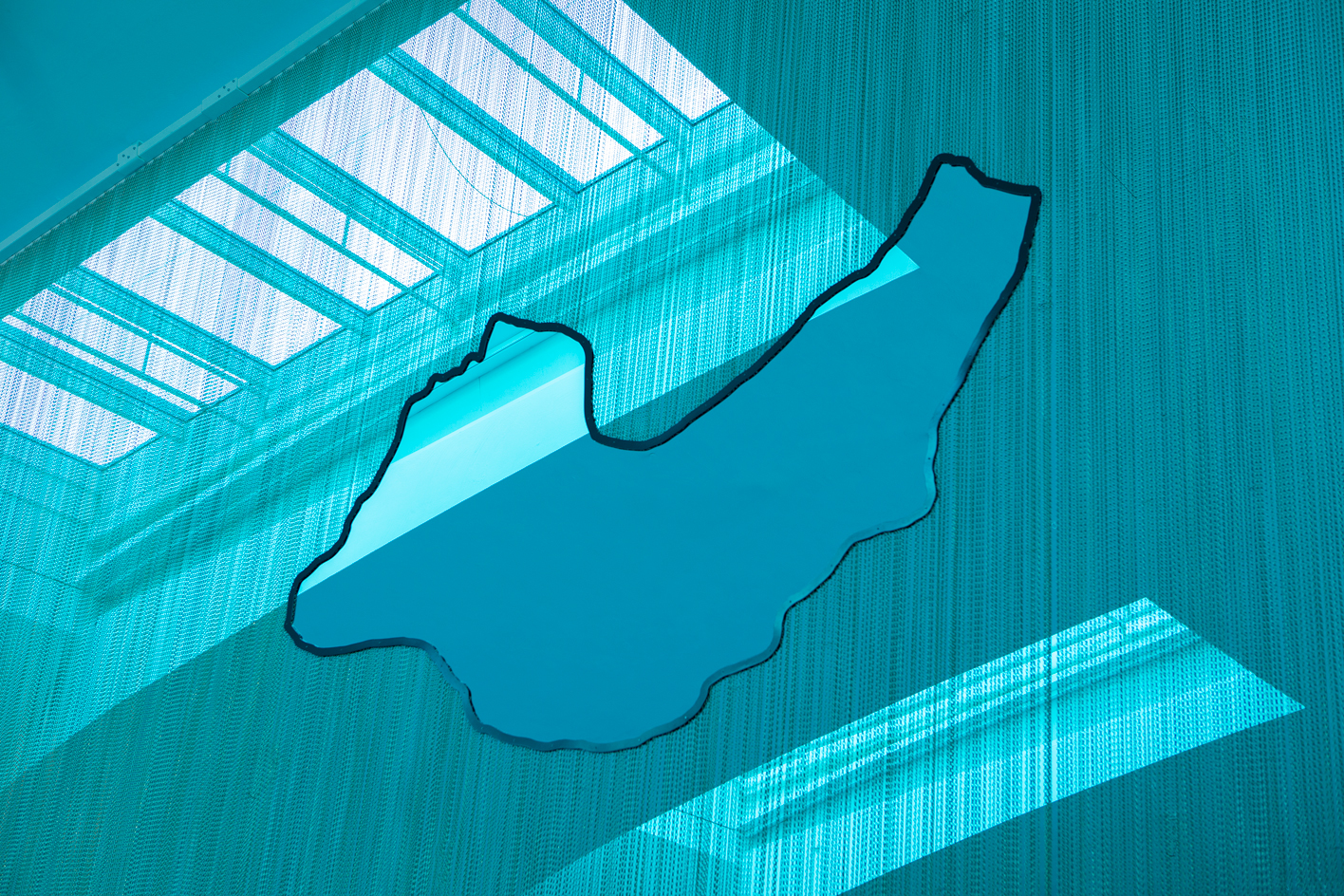
Near the start of Daniel Steegmann Mangrané’s new show, ‘A Leaf Shapes the Eye’, a variety of small, strange objects are scattered across a white table: hybrid cigarette packaging formed of two hexagonally cut packs; shredded strips of magazine bundled like a plant; seeds and other undeclared natural spherical forms cut with geometric patterns; leaves with laser-cut circles scarring their surface; and several contorted and twisted twigs. It is an eclectic mix of found and manipulated objects displayed as an artistic space of exploration, with ideas transposed from studio to gallery.
Steegmann Mangrané’s show is a 25-year survey of the Spanish artist’s practice spread over two floors of Kiasma, the Finnish national gallery of contemporary art. He is an artist interested in extracting or revealing the uncanny from objects and places, not only to create curious aesthetic form but to deeply penetrate ideas of nature. Those contorted twigs on the table do just this, each clinically split in half along the stem before the artist uses wire to reconstruct it, a void separating the slivers.
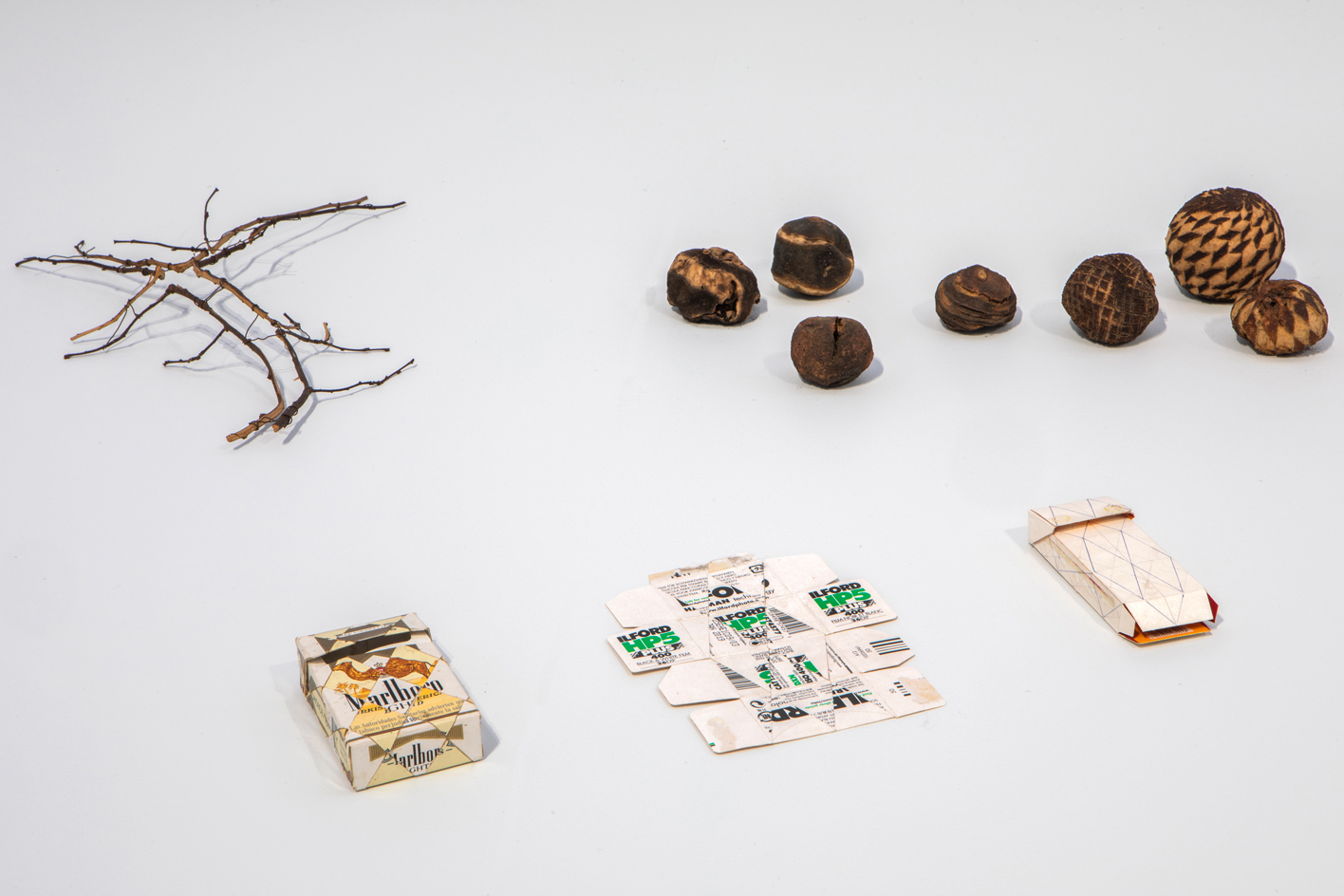
Daniel Steegmann Mangrané, Table with Objects, 1998-ongoing
‘One of the key questions of the exhibition is the blurring of the boundaries between culture and nature that Western thinking has established as opposition,’ explains João Laia, chief curator of temporary exhibitions at Kiasma. The void Steegmann Mangrané has inserted into the twigs exemplifies this: a familiar, even mundane, natural object, now transformed through a subtle cultural act, creating space to consider its relationship to the human.
Elsewhere, the eyes of feral dogs which reside in a brutalist Dhaka building are now attached to trees within the Brazilian Mata Atlântica rainforest, seemingly freeing the animals’ spirits not only into nature 14,000km away but into the very trunk of a new living being. In the same rainforest, a 16mm film follows a perfectly geometric line through the chaos of nature. It creates a sublime capturing of place, but one that is also sinister and unnerving in its smooth, clinical gesture so at odds with the wilderness it surveys.
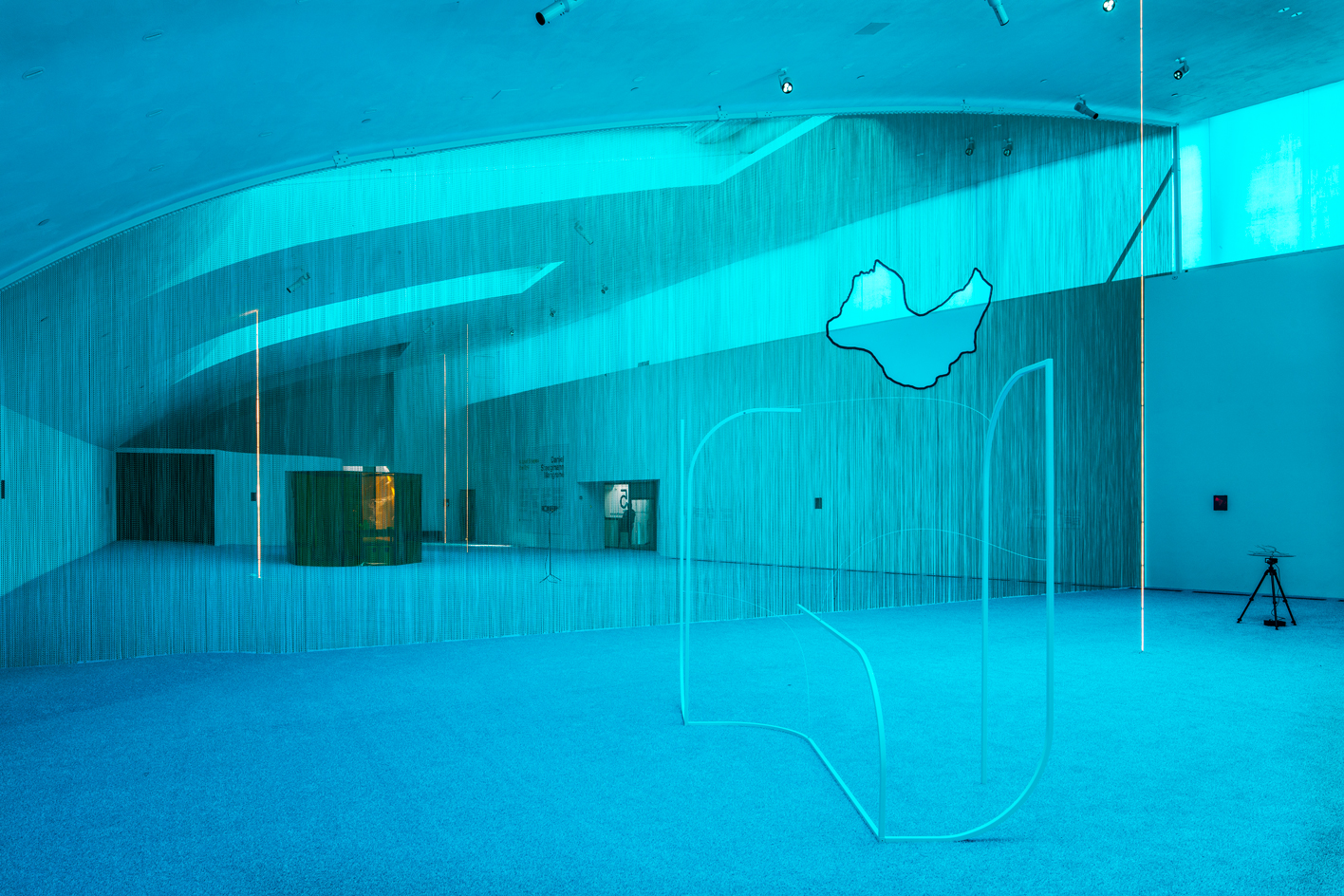
This half of the exhibition is full of discrete experiments presented in a traditional white wall hang. There are montaged images, geometric colour experiments, and a film of stick insects living within a world of twigs and geometric construction, the camera’s shifting focus softening the distinction between each. A slideshow of 54 photographs presents Calafet, the eastern Catalonian landscape of Steegmann Mangrané’s childhood, showing a place of constant destruction and reformation through quarries, construction, and movement.
It’s a landscape which comes to mind in the second, and distinctly different, half of the exhibition. Having explored the artistic ingredients, tools, and modes of perception utilised by Steegmann Mangrané, the visitor ascends a ramp and opens a door to find themselves in a kind of manmade Calafet–but one transmogrified, belying expectation and geometry. With windows covered in blue film, Nordic spring light floods across synthetic blue grass laid to an irregular topology. The Stephen Holl-designed gallery becomes a space of dislocation, the slopes of the artificial lawn forcing the visitor into self-awareness of body and gravity.
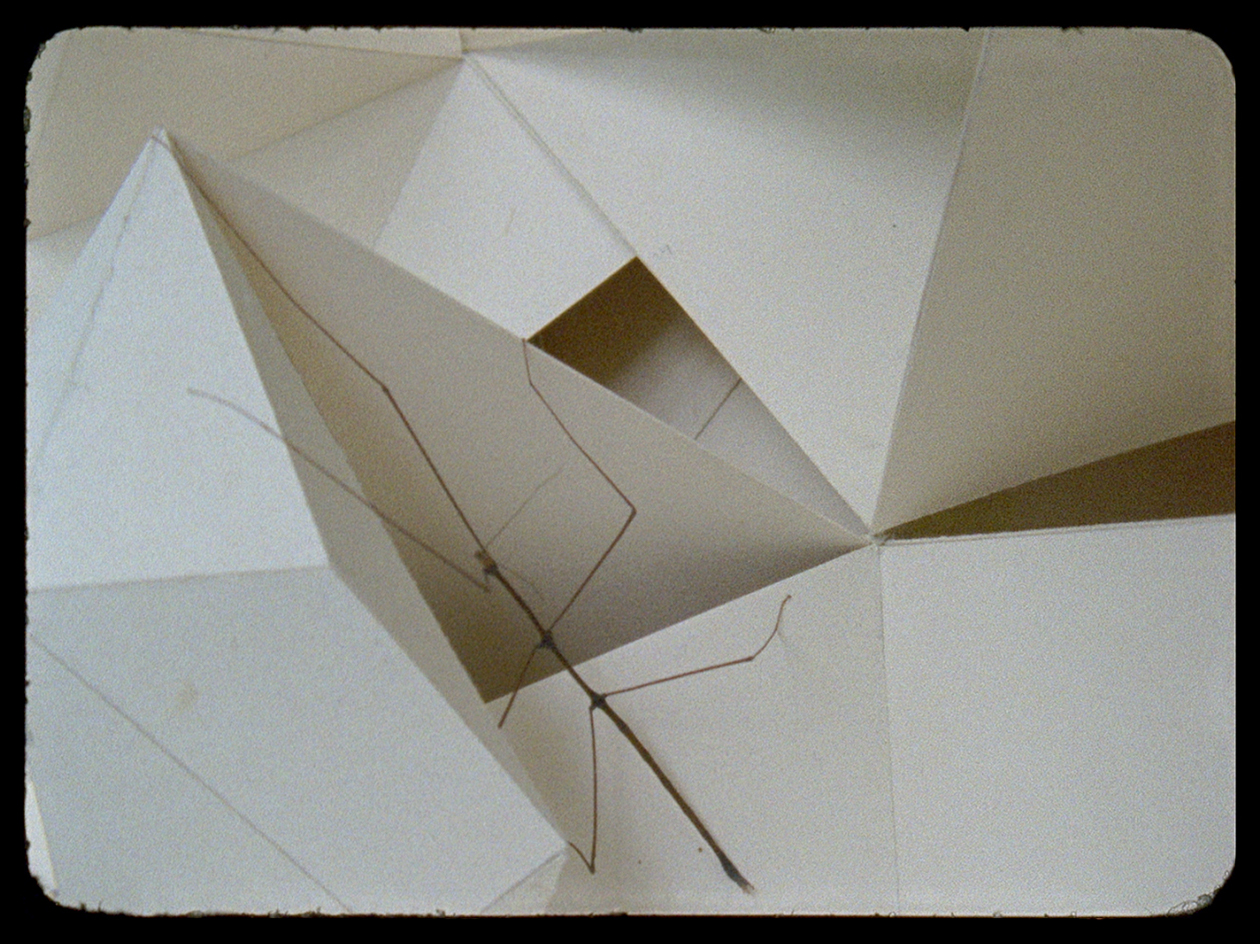
Daniel Steegmann Mangrané, Phasmides, 2008–2012
‘Things start to dissolve the traditional opposition between mind and body, or geometric and organic,’ the artist says of the space interrupted by five taut vertical lights flashing, flickering, and flowing in response to the external climate and internal activity. Elements seen across the previous floor recur but extracted from a traditional hang into this otherworld: a split twig sits on a rotating mirrored circle and a leaf stands proud with a single beam of light singing through its perfect circles. On the floor, a cellular-pattern jigsaw of 200-million-year-old Italian marble is rearranged, questioning the division between natural and manmade, on the walls holograms give a sci-fi glow to elementary nature.
Receive our daily digest of inspiration, escapism and design stories from around the world direct to your inbox.
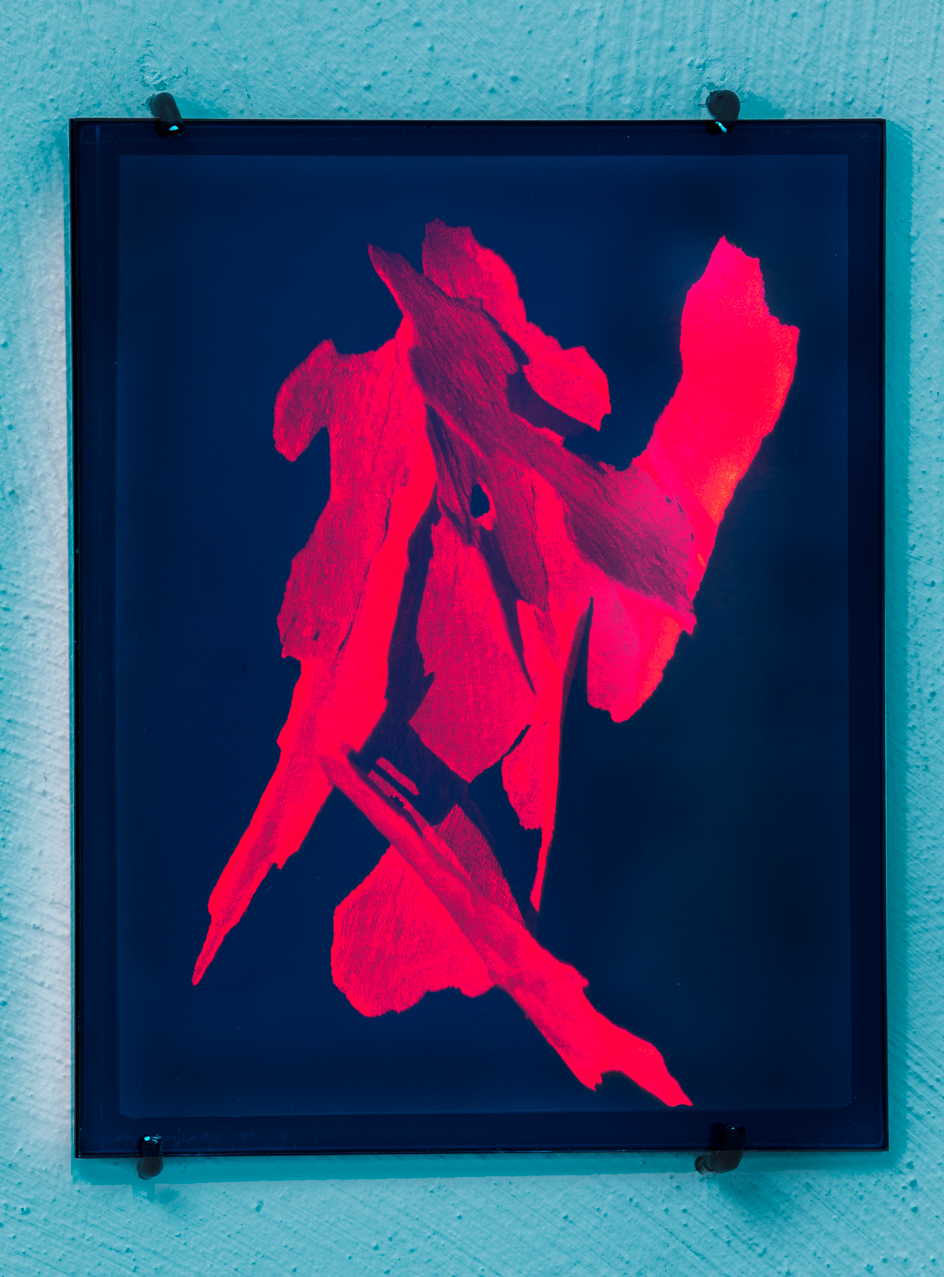
Daniel Steegmann Mangrané, Holograms, 2021
This is a search for the cosmos within the fundamental, and wrapping it all is an otherworldly sound with echoes of distant space and ancient times. In fact, it is a loop recording of flautist Joana Saraiva, a musician Steegmann Mangrané presented with recordings of the intense noise of an under-construction oil rig which she then transposed into the haunting soundscape. ‘Most of the time she was deaf to what she was playing, the sound she was listening to was so loud she couldn’t hear what she was playing, she was interpreting through the vibration of her chest, lips, and fingers,’ the artist says of the collaboration which returned a human scale to an immense machinery created to extract nature. On the far side of a room-dividing chainlink curtain–which requires the visitor to cut through as the linear film sliced the rainforest–a twisting steel sculpture stands. It shadows the movements construction workers repeated and repeated in constructing the rig, fixing their choreography into a delicate form.
Steegmann Mangrané’s manipulations and explorations of nature, and humanity’s entanglement with it as observer and user, raises questions beyond a subject/viewer dialectic, encouraging us to see ourselves of nature, not from it. ‘Everything has a potentiality of being a subject, everything has its own point of view, everything should be respected, and everything should be treated with the same way we should treat our peers,’ the artist says, and at a time when nature from rivers to mountains are being afforded human and legal rights to fight anthropogenic destruction, it is a pertinent proposition.
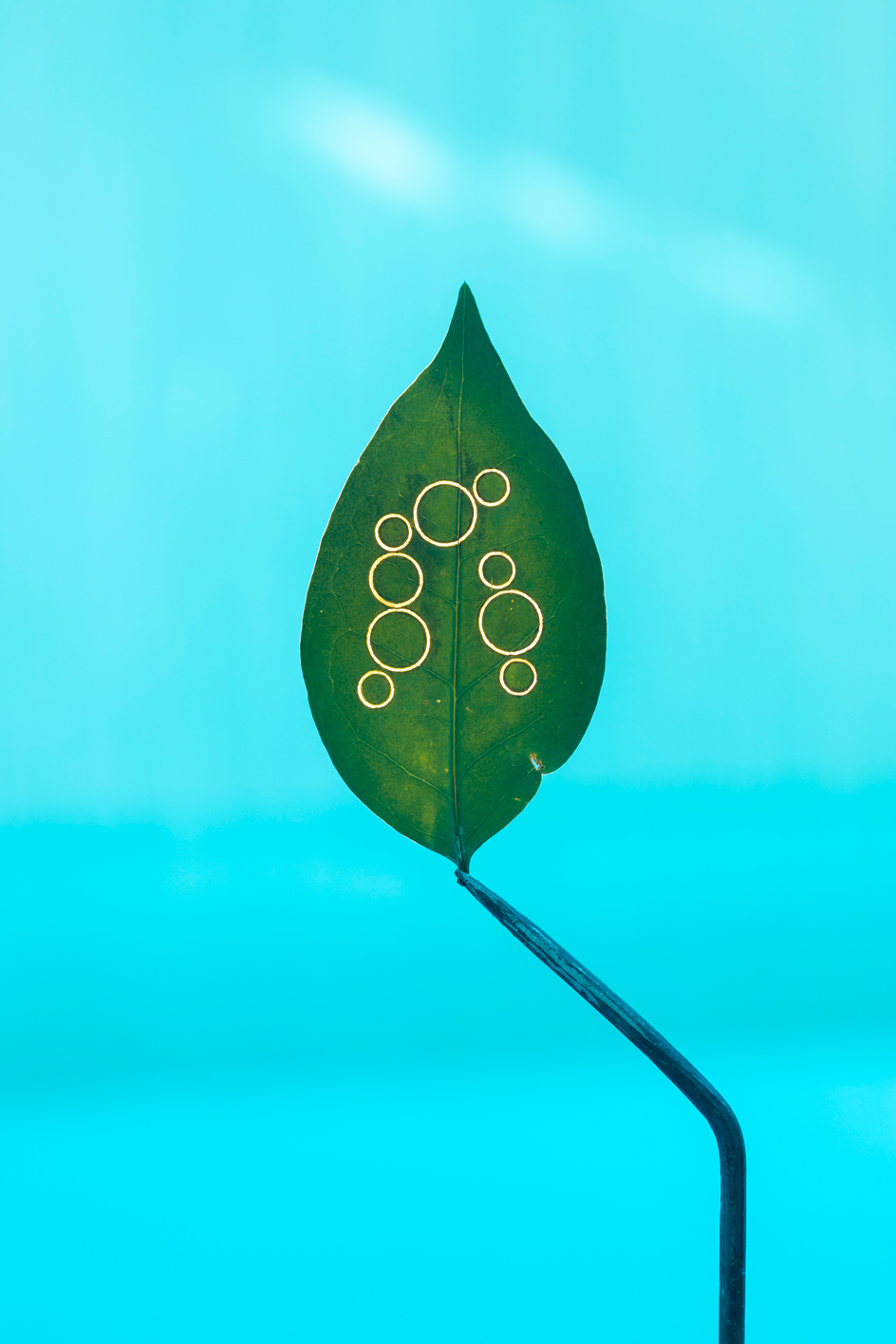
Daniel Steegmann Mangrané, Elegancia y renuncia, 2011
Daniel Steegmann Mangrané, 'A Leaf Shapes the Eye', until 10 September 2023, Museum of Contemporary Art Kiasma. kiasma.fi
Will Jennings is a writer, educator and artist based in London and is a regular contributor to Wallpaper*. Will is interested in how arts and architectures intersect and is editor of online arts and architecture writing platform recessed.space and director of the charity Hypha Studios, as well as a member of the Association of International Art Critics.
-
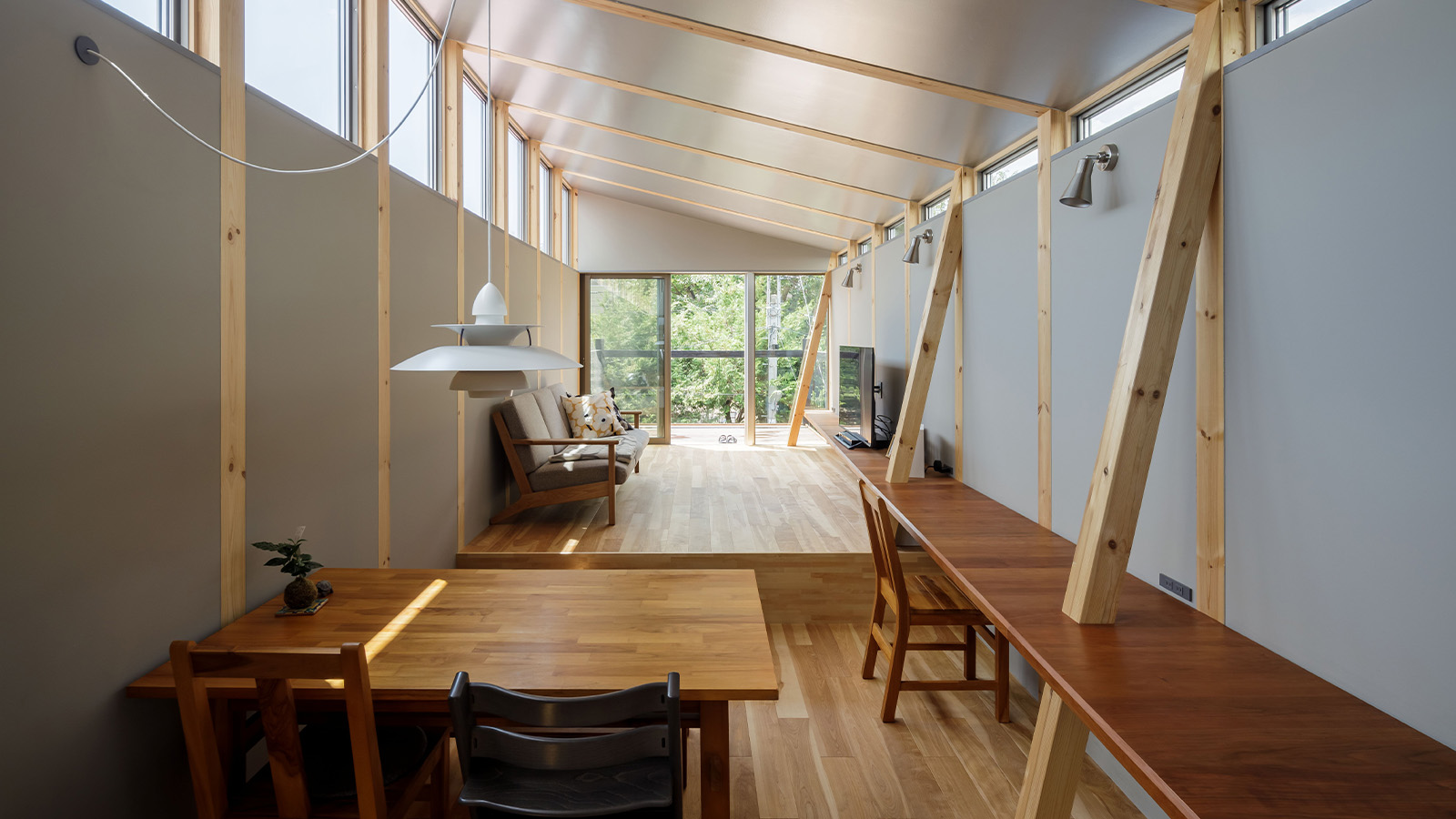 This Fukasawa house is a contemporary take on the traditional wooden architecture of Japan
This Fukasawa house is a contemporary take on the traditional wooden architecture of JapanDesigned by MIDW, a house nestled in the south-west Tokyo district features contrasting spaces united by the calming rhythm of structural timber beams
-
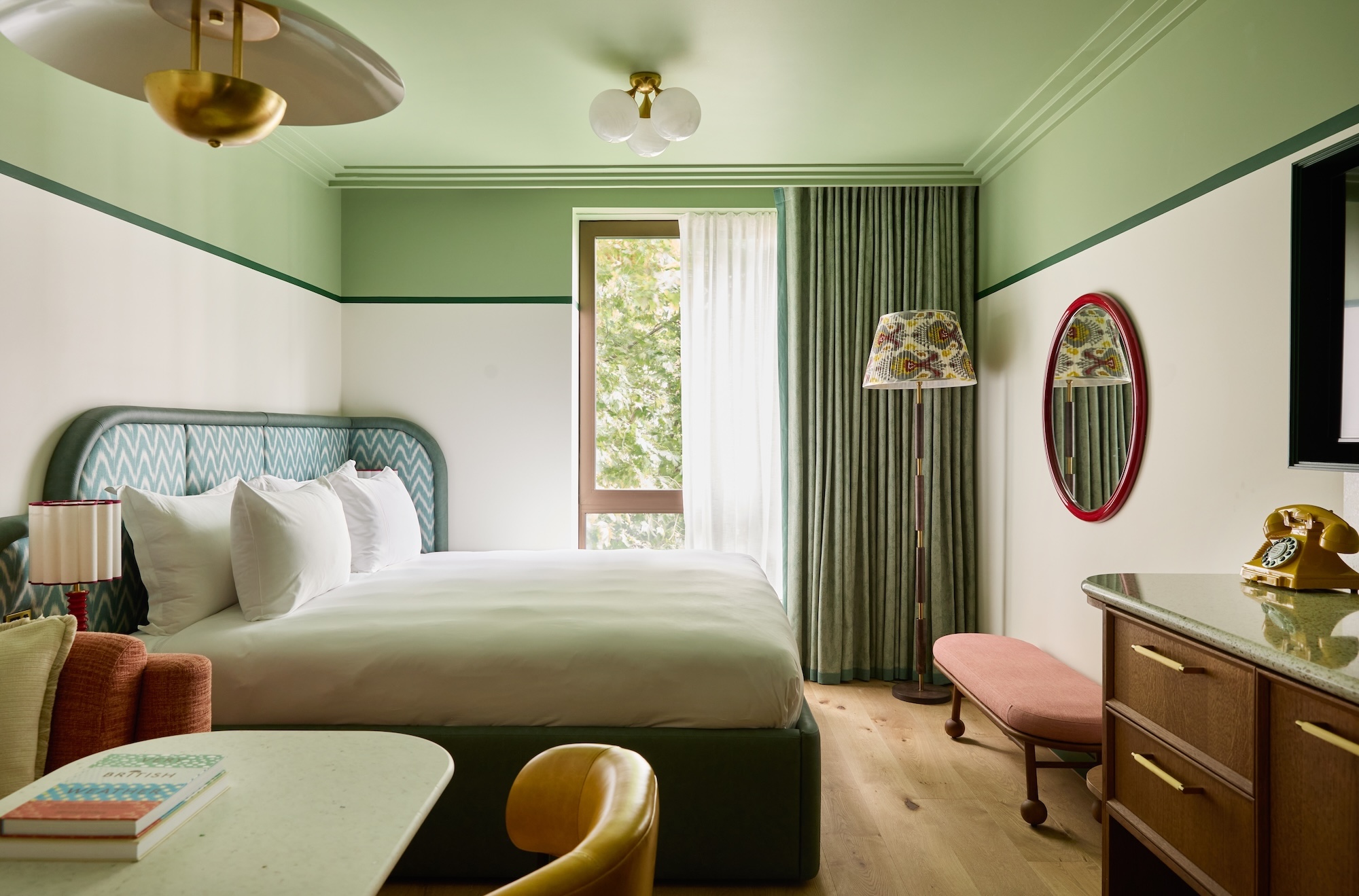 At last: a London hotel that’s great for groups and extended stays
At last: a London hotel that’s great for groups and extended staysThe July London Victoria, a new aparthotel concept just steps away from one of the city's busiest rail stations, is perfect for weekends and long-term visits alike
-
 Three new smartwatches showcase new frontiers in affordable timepiece design
Three new smartwatches showcase new frontiers in affordable timepiece designLong may you run: smartwatches from Withit, Kospet and OnePlus favour function and value above all else, demonstrating just how much the smartwatch has evolved in recent years
-
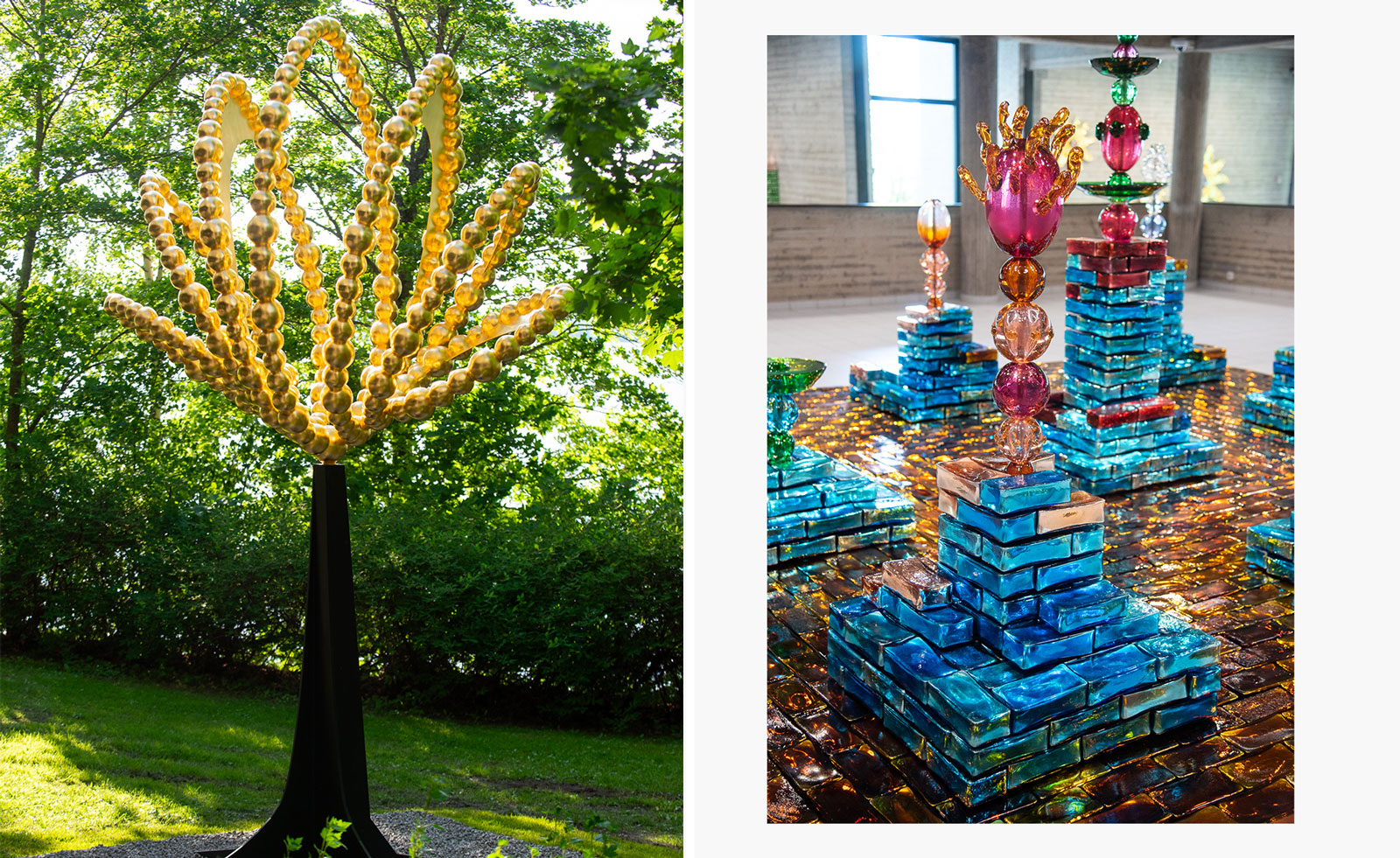 Jean-Michel Othoniel embraces the endless light in Finland
Jean-Michel Othoniel embraces the endless light in FinlandArtist Jean-Michel Othoniel celebrates light in a major solo exhibition at the Sara Hildén Art Museum in Finland
-
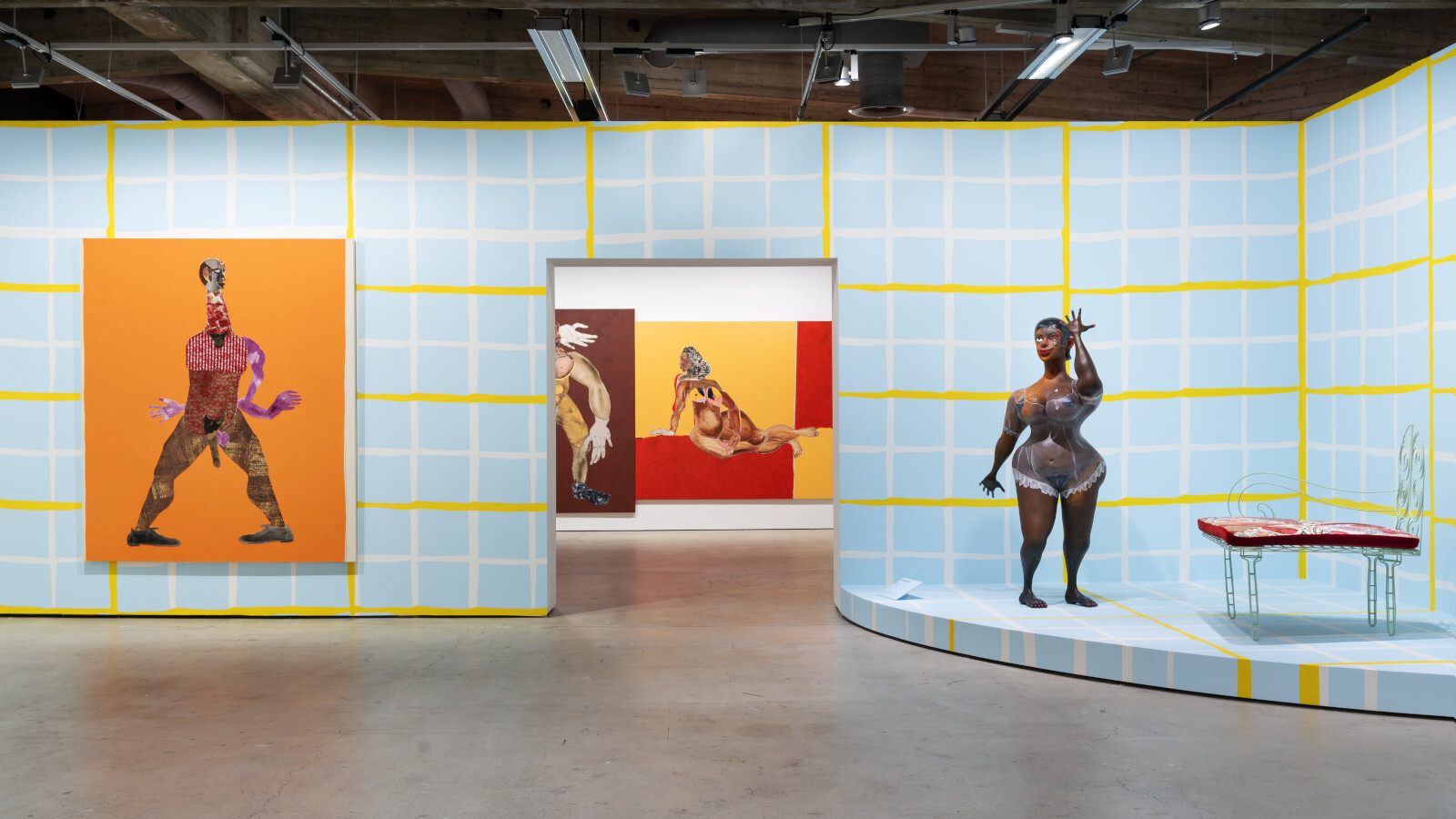 Harlem-born artist Tschabalala Self’s colourful ode to the landscape of her childhood
Harlem-born artist Tschabalala Self’s colourful ode to the landscape of her childhoodTschabalala Self’s new show at Finland's Espoo Museum of Modern Art evokes memories of her upbringing, in vibrant multi-dimensional vignettes
-
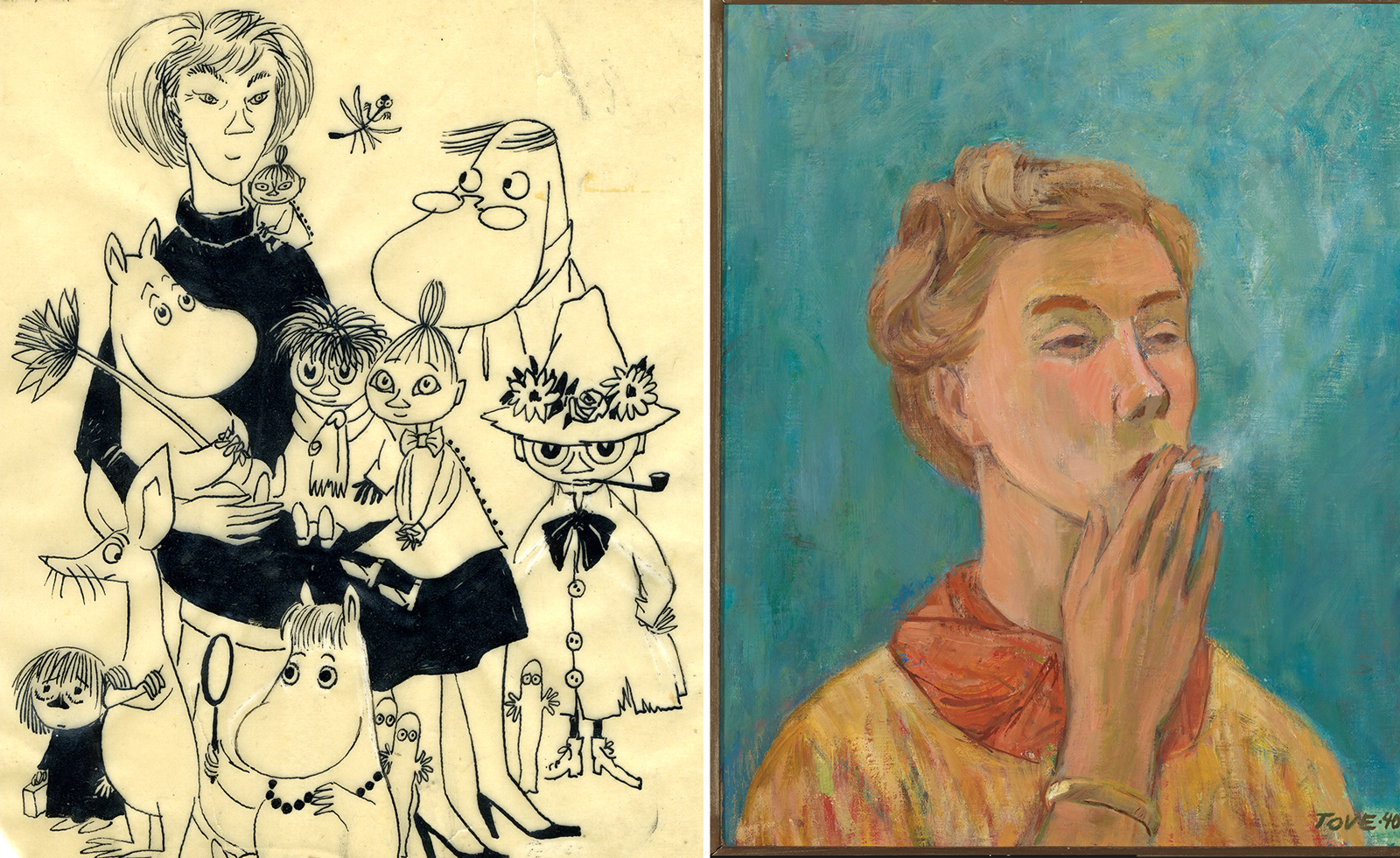 The rich, creative life of Moomins creator Tove Jansson
The rich, creative life of Moomins creator Tove JanssonFinnish artist and Moomins creator Tove Jansson was free, independent and nonconformist, as a new Paris exhibition delving into her life and work reveals
-
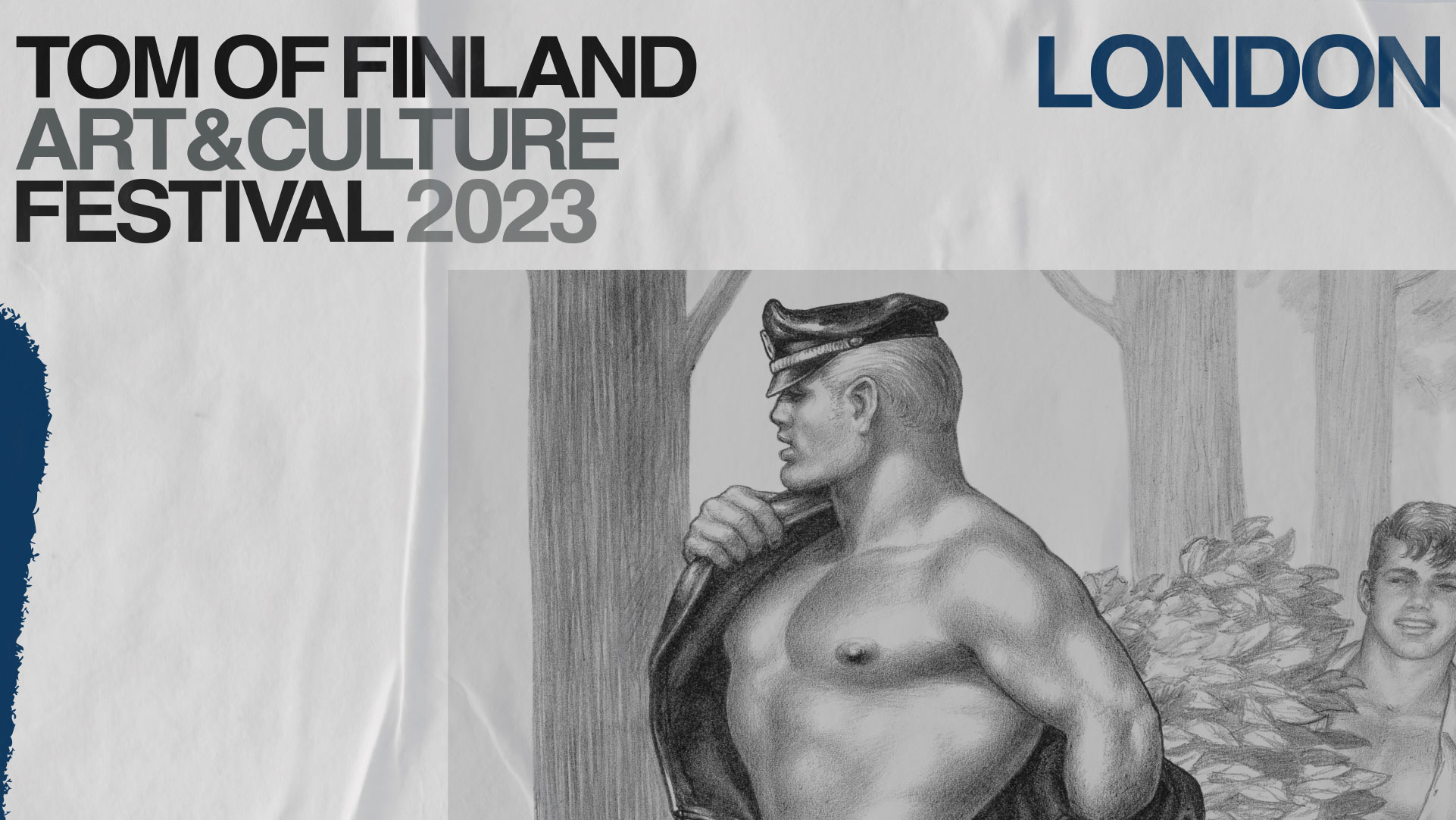 Tom of Finland Art and Culture Festival continues its world tour
Tom of Finland Art and Culture Festival continues its world tourThe festival popped up in London last week ahead of its LA event later in the year
-
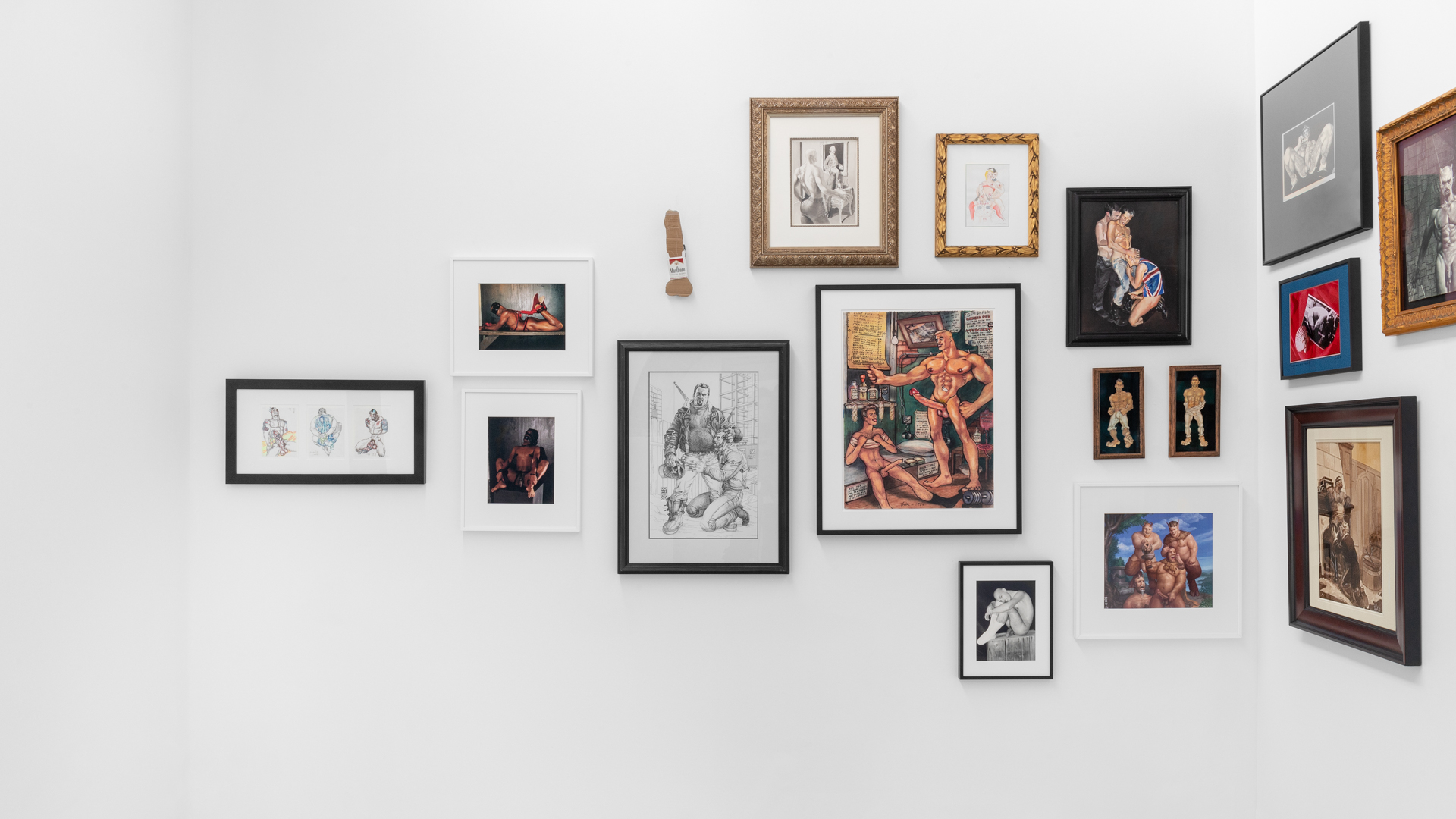 Tom of Finland Foundation group show brings erotic art to Venice
Tom of Finland Foundation group show brings erotic art to VeniceSupported by Diesel, Venice exhibition ‘AllTogether’ combines Tom of Finland’s illustrations with erotic artists that came before and after. The foundation’s president Durk Dehner and Diesel’s creative director Glenn Martens tell Wallpaper* more
-
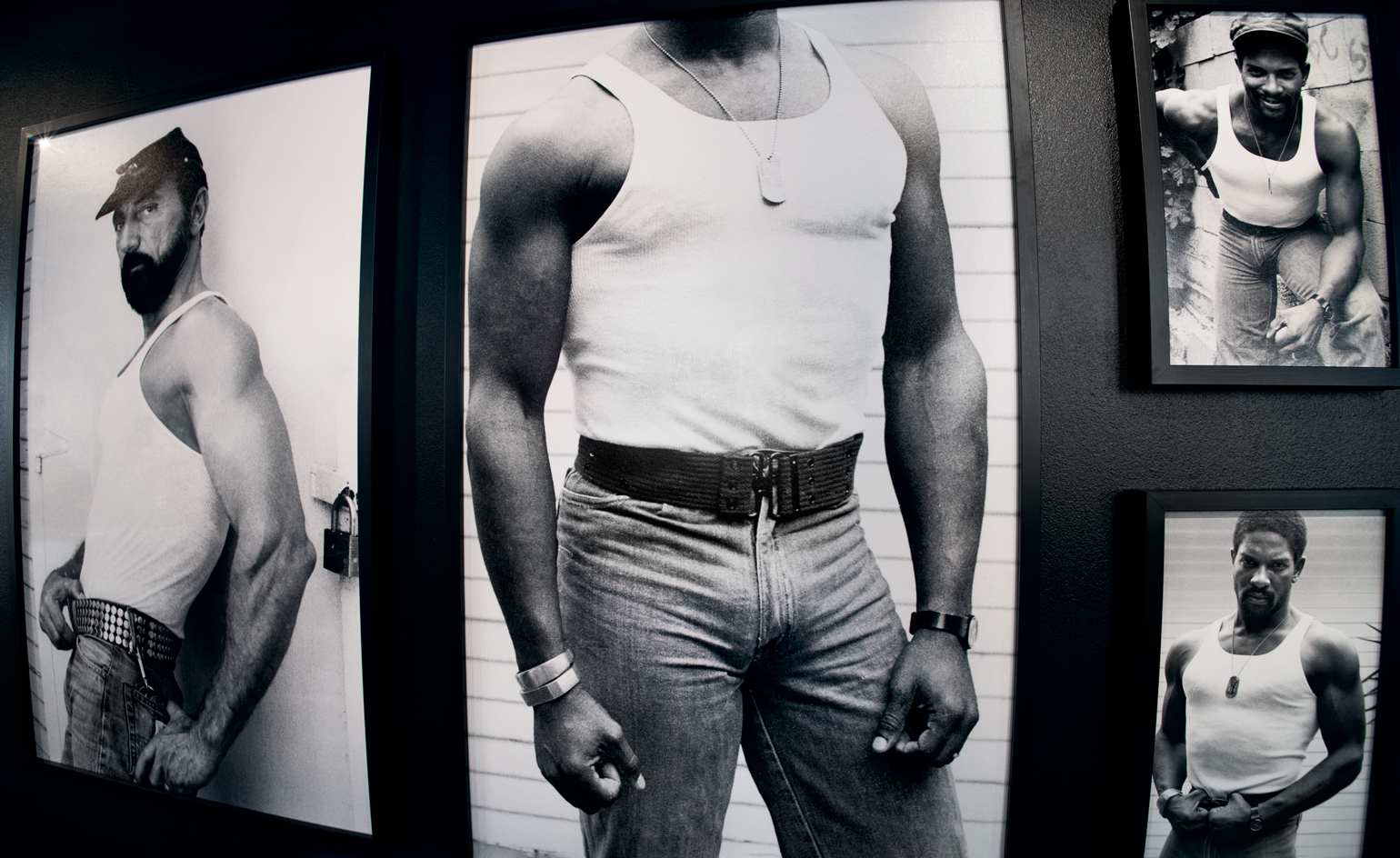 In the darkroom with homoerotic art hero Tom of Finland
In the darkroom with homoerotic art hero Tom of FinlandAt Fotografiska New York, the reference photography for Tom of Finland’s sexually empowered drawings are receiving overdue exposure
-
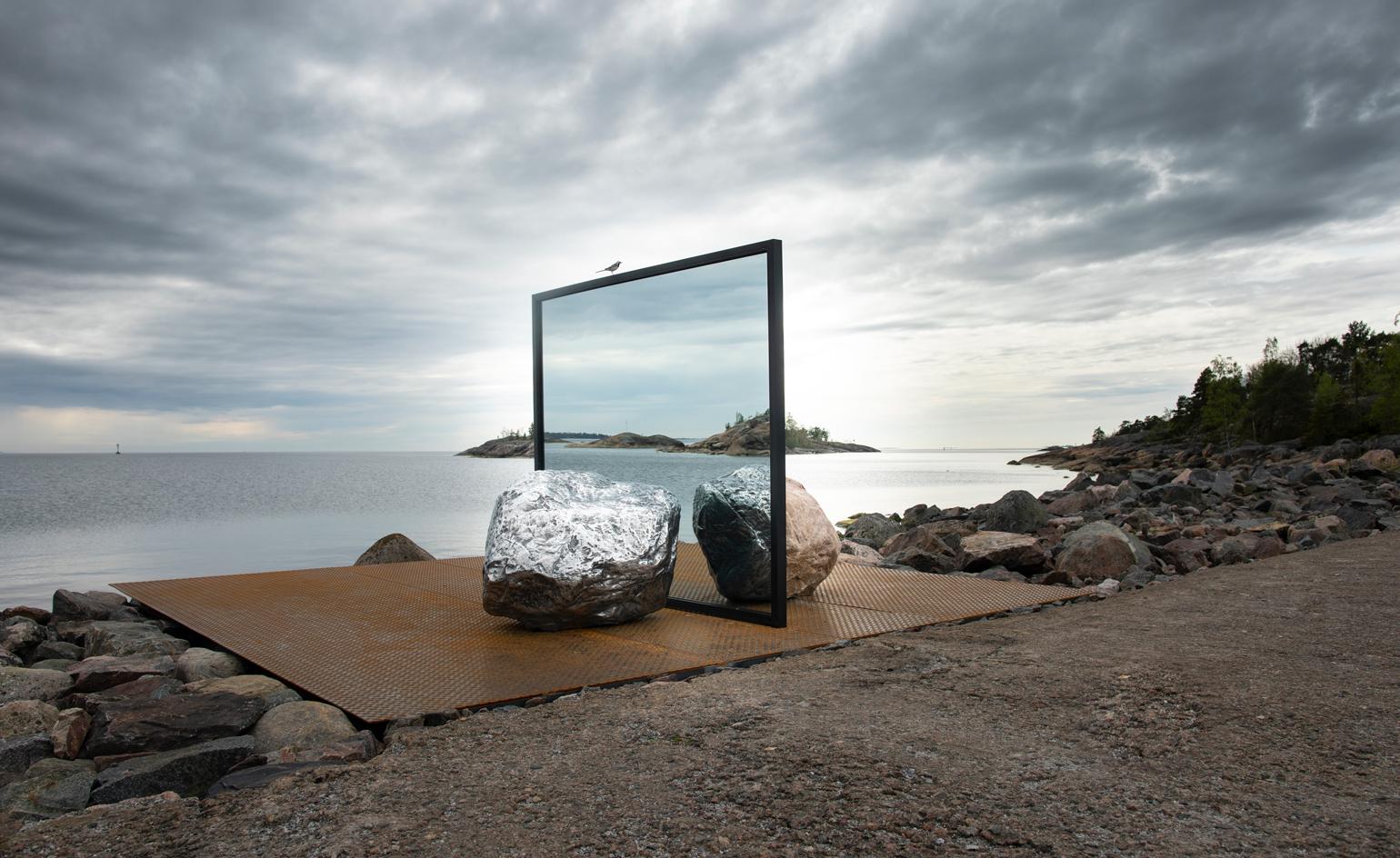 Last chance to see: Helsinki Biennial 2021 brings art and sustainability to Vallisaari
Last chance to see: Helsinki Biennial 2021 brings art and sustainability to VallisaariRunning until 26 September 2021, the Helsinki Biennial on Vallisaari island combines world-class art, eco-awareness, and striking surroundings
-
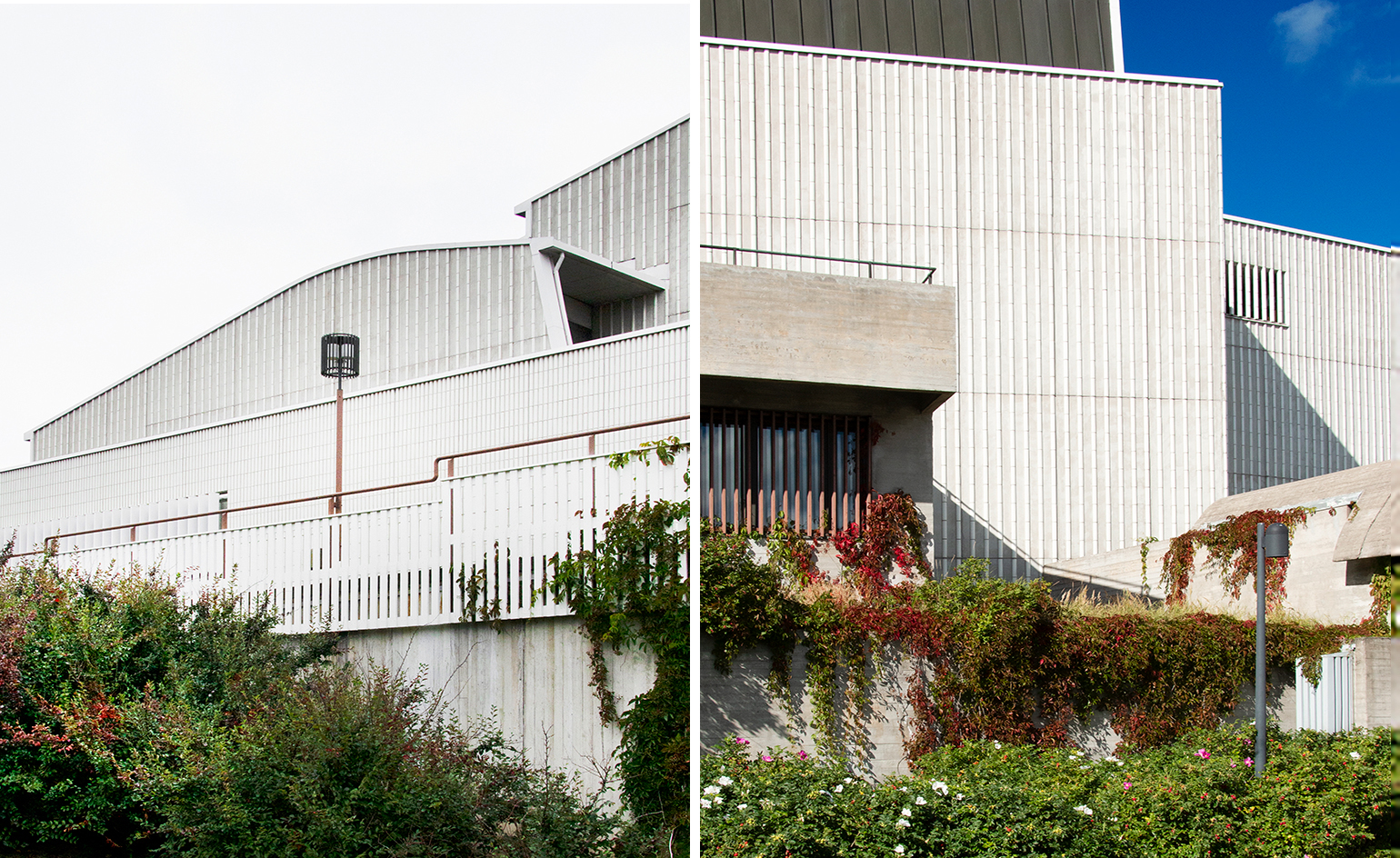 Tour Alvar Aalto's modernist architecture in Jyvaskyla, Finland
Tour Alvar Aalto's modernist architecture in Jyvaskyla, Finland